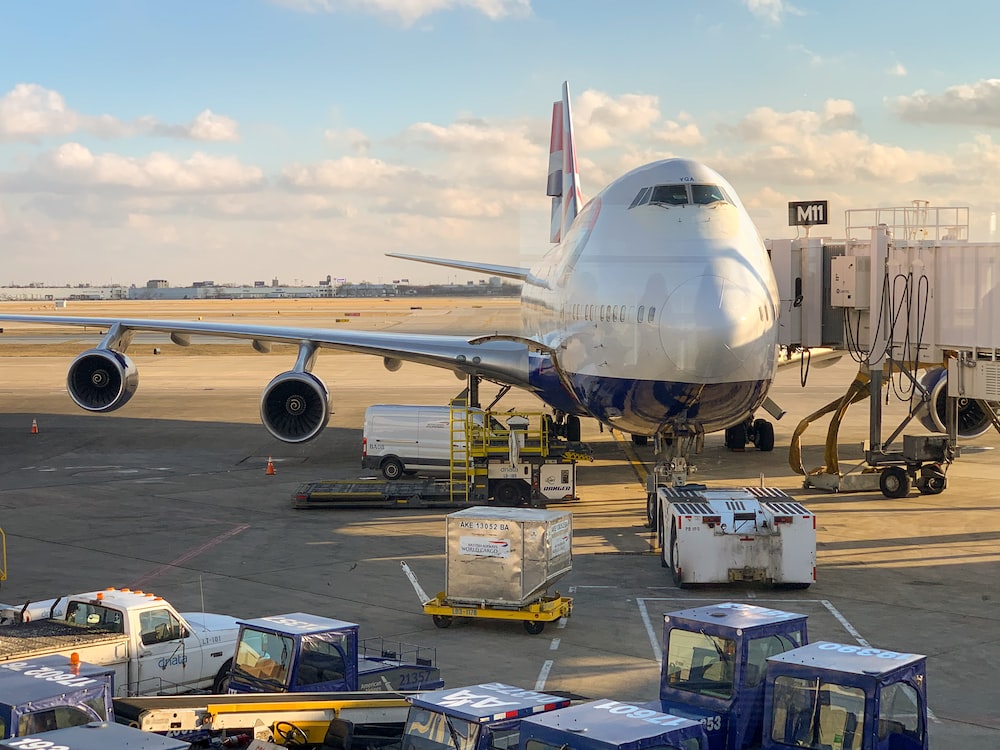Guide To International Shipping Regulations

Navigating the intricate web of international shipping regulations is a pivotal aspect of global trade. Ensuring compliance with these regulations is paramount to seamless cross-border shipping operations. In this comprehensive guide, we delve into the key facets of international shipping regulations, providing you with a clear roadmap to navigate this complex terrain.
Understanding International Shipping Regulations
International shipping regulations encompass a myriad of legal frameworks, protocols, and agreements aimed at facilitating secure and efficient global trade. These regulations are designed to harmonize trade practices, enhance safety, and regulate the movement of goods across borders.
The Role of International Organizations
Several international organizations play a pivotal role in shaping and enforcing shipping regulations. Notable among these is the International Maritime Organization (IMO), a specialized agency of the United Nations. The IMO establishes conventions and protocols that govern various aspects of shipping, including vessel safety, environmental standards, and crew training.
Key Aspects of International Shipping Regulations
Documentation and Compliance
A cornerstone of international shipping is meticulous documentation. Shippers must provide accurate and comprehensive documentation that includes details about the cargo, its origin, destination, and its nature. Inaccuracies or incomplete documentation can lead to delays, fines, and even legal repercussions.
Customs and Tariffs
Customs regulations vary from country to country, and adherence to these regulations is vital to prevent shipment delays and penalties. Understanding tariff classifications, valuation methods, and import duties is essential for smooth clearance of goods through customs checkpoints.
Safety and Security Regulations
Maintaining the safety and security of both cargo and vessels is of paramount importance. International shipping regulations set standards for vessel maintenance, safety equipment, and crew training. These regulations mitigate risks and ensure safe maritime operations.
Environmental Standards
In an era of increasing environmental consciousness, international shipping regulations also focus on minimizing the industry's ecological footprint. The IMO's MARPOL convention, for instance, addresses issues like air pollution, oil spills, and ballast water management.
Navigating the Complexities
Compliance with international shipping regulations requires meticulous planning and coordination. Here are some strategies to streamline your shipping operations:
Partner with Reputable Freight Forwarders
Experienced freight forwarders possess in-depth knowledge of international shipping regulations. Partnering with them can help ensure accurate documentation, adherence to customs requirements, and overall smoother shipping processes.
Stay Abreast of Regulatory Changes
International shipping regulations are not static. Keeping yourself informed about amendments and updates is crucial. Subscribe to industry newsletters, attend conferences, and maintain a proactive approach to regulatory changes.
Leverage Technology Solutions
Cutting-edge technologies such as blockchain are revolutionizing international shipping. Blockchain enhances transparency, traceability, and security in supply chains, aligning with regulatory requirements.
Conclusion
In the intricate tapestry of international shipping, adherence to regulations is the compass that guides successful navigation. From documentation to safety measures and environmental considerations, these regulations safeguard the interests of all stakeholders involved. By understanding and integrating these regulations into your shipping processes, you pave the way for seamless global trade.
